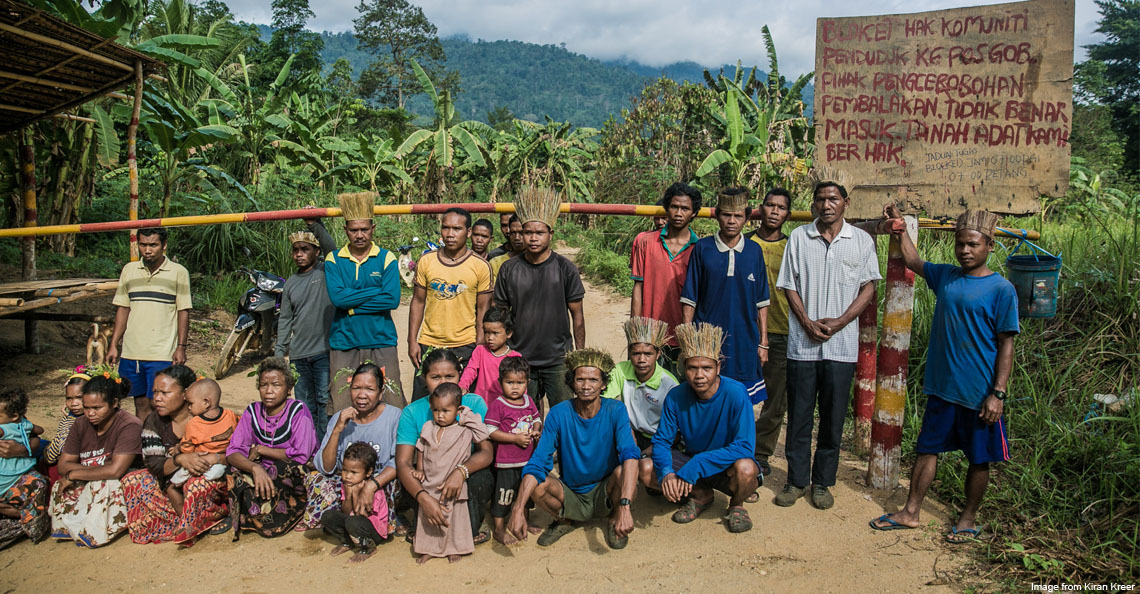You won’t believe how much this cancer-stricken man sacrificed to save his kampung
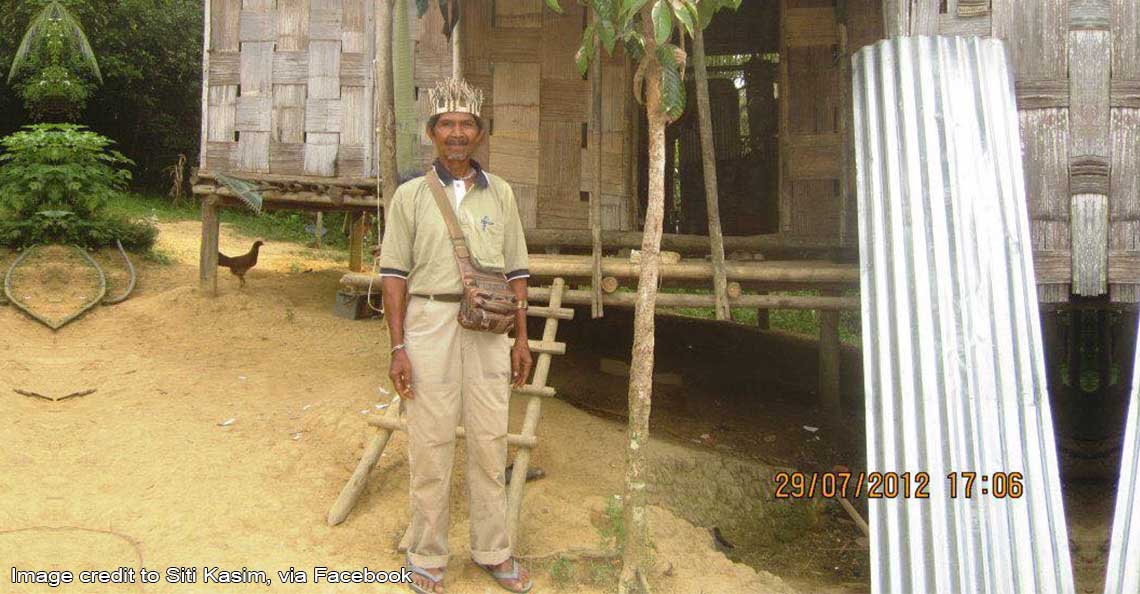
- 2.0KShares
- Facebook2.0K
- Twitter4
- Email9
- WhatsApp45
The man in the picture is Arom Asir, a Temiar (an Orang Asli group mainly living in Perak and Kelantan) more fondly known as Pak Arom. He will be receiving an award for his contributions to the Orang Asal community and the country this week but sadly he passed away from cancer in May 2015.
This is his story.
*Note: Orang Asli refers specifically to indigenous people from Peninsula Malaysia, while Orang Asal is the umbrella term used for indigenous people from both Peninsula and East Malaysia. #TheMoreYouKnow
For context, CILISOS was invited to a press conference for a rainforest festival that will be taking place in Taman Botani Negara Shah Alam this weekend. However, it’s not the Rainforest World Music Festival that you’re probably thinking about. Instead, it was for Perayaan Hari Orang Asal Sedunia, a festival in a rainforest with less music but significantly more culture since it involves indigenous peoples from all over not just Malaysia, but the ASEAN member states as well! During a chat with people from Jaringan Orang Asal Semalaysia (JOAS), one of the main organizers for the festival, we found out that nine Malaysians were being honored for their contributions to the Orang Asal, and one of them was Pak Arom.

There isn’t much information about Pak Arom’s life, but we managed to piece together some pretty awesome things that he has done. We spoke to JOAS and Dr. Colin Nicholas from the Centre for Orang Asli Concerns (COAC) who worked with Pak Arom before his passing; as well as his daughter, Eda.
Fo one thing, we found out that Pak Arom had a pretty interesting past…
He was part of an elite Orang Asli squad set up to fight Communists
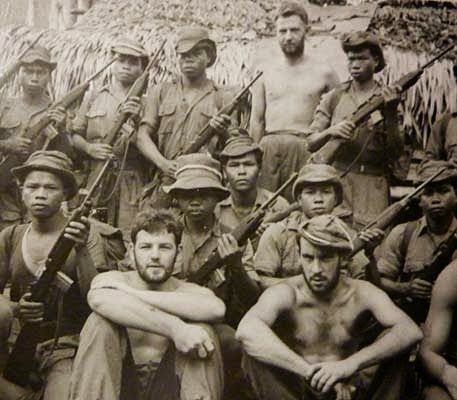
Born in a Temiar community in April 1952 (Eda wasn’t sure of the exact location), Pak Arom was familiar with survival in the jungle since the Temiar are traditionally hunter-gatherers which, if you remember your Sejarah books, means that they lived off what they could find and hunt in the wild. But this also gave Pak Arom a very particular set of skills… one that was highly valued by the British.

Y’see, Malaya was having quite a bit of trouble with the Communists at the time, unable to handle their sneaky jungle-hiding Guerrilla ways. The British eventually had the bright idea of using Orang Asli to take the battles into the jungle, so they created and trained an Orang Asli unit called the Senoi Praaq. The Orang Asli’s skills were legendary, preferring to use their traditional weapons such as blowpipes against gun-toting Commies, and were considered one of the best jungle fighting forces out there.
Pak Arom served during the (unofficially called) Second Communist Insurgency (1968 – 1989) when the fighting had cooled down somewhat, and the Senoi Praaq was more involved in security and prevention operations. After attaining the rank of Sergeant or Sergeant Major, he decided on an early retirement in 2005 due to personal reasons.
“Pak Arom said he was unhappy with how the force was being treated [after the end of the Communist insurgency], and couldn’t get along with his superiors on a number of issues involving the treatment of Orang Asli there. So he took an early retirement.” – Dr. Colin Nicholas, in interview with CILISOS.
While Pak Arom (or Dr. Colin at least) didn’t go into specifics on how the Senoi Praaq were being treated, you can read an account from another member here.
He went from defending his country to defending his people (and kena arrested for it)

Pak Arom spent his retirement in the interior part of Kelantan, in Kampung Bihai which we’re told is a 3-hour offroad drive from Gua Musang. Disturbed by the loss of traditions and the Temiar people’s way of life due to deforestation from logging activities, Pak Arom became a vocal activist of native rights in 2009, and was detained in 2012 for creating a blockade in Kuala Betis to stop loggers from entering the area after numerous appeals to the local authorities failed.
On the other land hand, Pak Arom also defended the basic rights of the Orang Asli by highlighting cases where they were mistreated. The most notable of these was a case where four Temiar primary schoolgirls in SK Bihai (a school for Orang Asli children) were slapped by their teacher for not knowing how to recite Muslim prayers – even though they weren’t Muslim. What made things worse was that some teachers offered to bribe the parents with RM300 to drop the case.
“In the first place, we had no idea they were given religious education in school, and our village has no Muslims.” – Pak Arom, as quoted by The Star.
This was all on top of the high ponteng rates happening in the school. By the teachers.
But his work wasn’t just in activism. It was spiritual as well because…
He became a shaman to make sure his culture didn’t die out

Due to modernization, loss of land, and the introduction of Islam and Christianity to the community, a lot of the Tamiar culture and language became lost, along with their sense of identity.
Because he grew up at a time where traditions were still strong, Pak Arom took it upon himself to re-introduce spiritual traditions back to his people. Colin tells us that he acted as a shaman, which in Temiar belief is kinda like a messenger between the spirit world and the tribe. There’s also an element of singing and storytelling to the job, and Pak Arom would also perform these songs at many functions to promote Temiar culture. Here’s a video of a Gabang, or healing ritual:
He would also share stories from Temiar folklore, some of which have been posted online, in an attempt to keep these stories alive. One story available online was how the tiger got its stripes and why they hunt the burung kuang like nobody’s business:
“Both animals, who were good friends in the old days, had plain boring bodies to start with. The burung kuang then suggested that the tiger draw some designs on his feathers. The tiger agreed if the bird would do the same for it….” – Read the rest from COAC’s Facebook post here.
In fact, his dedication to the Orang Asli community was so great that…
Even after he fell sick, he still called to check if the Orang Asli in Kelantan were okay
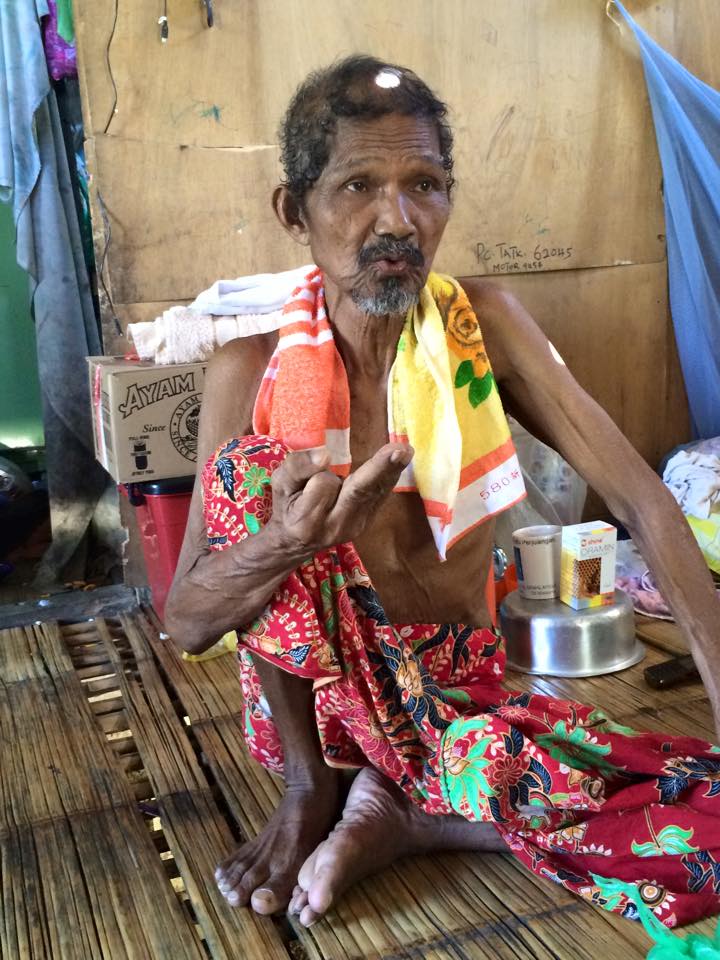
For the greater part of 2014, Pak Arom started feeling ill. Dr. Colin tells us that he was initially diagnosed with tuberculosis, but when the treatment wasn’t working, plans to take him to a bigger hospital were delayed due to the flooding in Kelantan.
“When he finally made it to the Kuala Krai hospital much much later, they discovered he had cancer. Until the end of 2014, he was still active. But by January 2015, he was already very weak and in a lot of pain” – Dr. Colin
Despite what he was going through though, Pak Arom still asked about the latest developments in the Kelantanese Orang Asli community. He passed away in May 2015.
After his passing, Dr. Colin says that Pak Arom’s absence was really felt by the Orang Asli community in Gua Musang – not just for his warm personality but his leadership as well:
“The relationship [within the community] is weak at the moment… there’s no one to get things done, to get people organized. Pak Arom, he had a sense of charisma. Whenever he talked people listened.” – Dr. Colin.
Pak Arom may be gone, so it’s now up to the next generation to preserve their heritage

Pak Arom was buried according to Temiar custom, placed in a bamboo hut that will decay and disappear over time. Traditionally, it’s up to the villagers to pass on the location of the gravesites to younger generations; but with the issues of displacement and land-clearing working against them, there’s a chance all of this would disappear in time – just like the bamboo hut.
In a way, his award at the Perayaan Orang Asal Sedunia isn’t just to remember contributions of one – or even nine – people, but a way to remind members of the Orang Asal community that there’ll always be a need for someone to take up the challenge of preserving their culture and their rights, even if the tides of modernization are crashing upon them.
So hey, why not check out the festival yourselves? It’s open to public, there’ll be a lot of traditional foods and activities, and it’s fun AND education for the whole family! And did we mention it’s free? Best of all, you don’t even have to drive there because Uber is offering an RM20 discount for first time riders to the event! Click on the banner below for more details
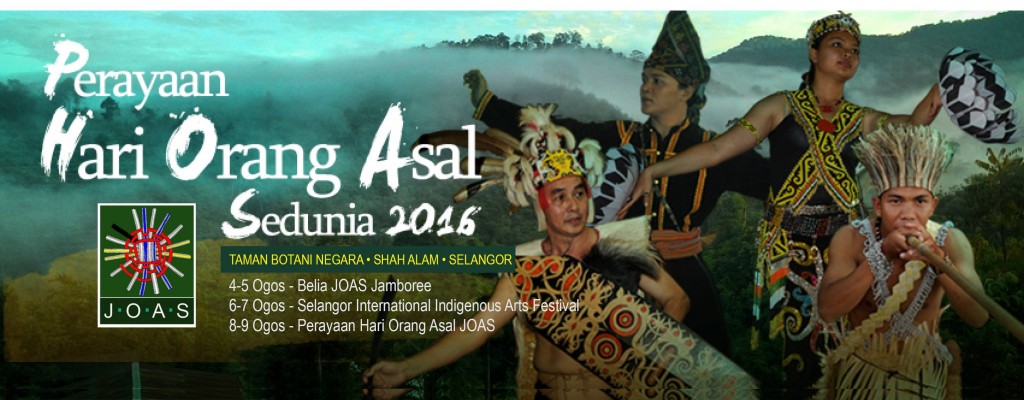
- 2.0KShares
- Facebook2.0K
- Twitter4
- Email9
- WhatsApp45



